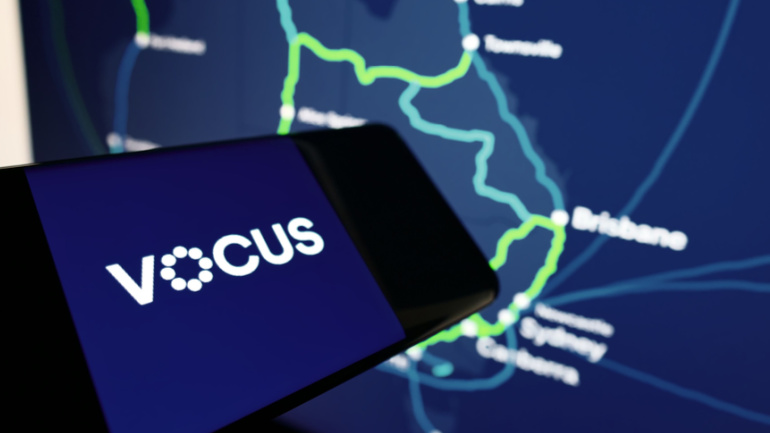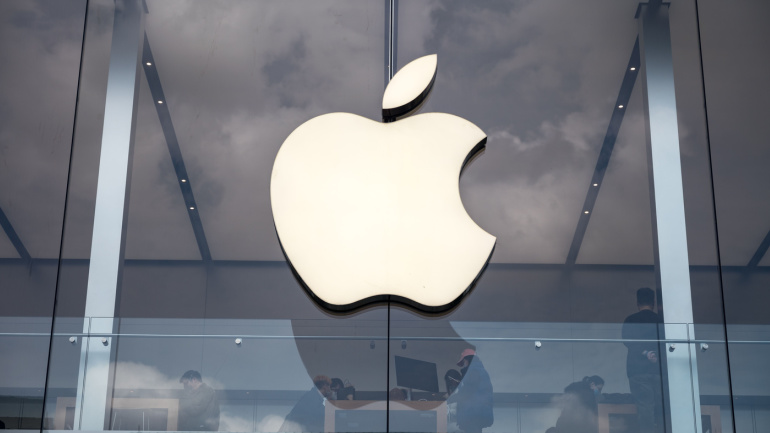Vocus, a well-known fibre operator in Australia, is in high-stakes discussions for a $4.2 billion bid on crucial assets of TPG Telecom, including Vision Network, its wholesale infrastructure arm. Although the deal is far from done, Vocus’ ambitious plans to strengthen its market presence make it a possible game-changer in Australia’s rapidly evolving telecommunications landscape. The telecom industry keenly observes how this potential acquisition will shape the competitive arena.
Apple’s stance on users’ right to repair their iPhones and Macs has shifted dramatically over the years. From opposing repair rights and warning against potential security risks, the tech giant is now endorsing California’s SB 244, a significant right-to-repair bill with far-reaching implications.
In an intriguing development, T-Mobile US will undergo a noteworthy operational shift. This involves a 7% workforce reduction, essentially 5,000 jobs, largely affecting corporate and redundant roles. This maneuver, stated by CEO Mike Sievert, aims to lessen costs in customer acquisition and retention while propelling operational efficiency. Amid a previous triumphant Q2 report, this unexpected announcement leaves a nuanced taste among the telecom firm’s workforce, promising an enthralling evolution for attentive stakeholders and observers.
Welcoming Nokia’s latest innovation — the 25G Passive Optical Network (PON) starter kit. Aimed at enhancing 10Gbs+ deployments, the kit empowers operators to expedite high-speed connectivity for diverse businesses. With the capacity to connect up to ten businesses, this move is amplifying the importance of 10Gbs business connectivity globally. Utilizing existing fiber assets, it offers unique prospect for delivering exceptional speeds to different enterprises, from schools to farms. Discussing the transformation this 25G PON technology brings, we delve into the views of industry insiders and parallel innovations in the works.
Telinta, a global leader in white label cloud-based switching and billing solutions, today announced the addition of new capabilities to its unique Virtual Office solution. Virtual Office is Telinta’s award winning Hosted PBX solution enabling VoIP service providers to offer highly customizable services to small and home-based businesses. Virtual Office users can customize their own personal VoIP solution by navigating through brandable self-service web portals, selecting the features and capabilities they need.
T-Mobile has shaken up the wireless market with the launch of its new premium service plan, Go5G Next, positioning itself as a contender in the higher-priced service sector. In a surprising move, the plan’s cost surpasses those of rivals Verizon and AT&T for a single line of service, defying T-Mobile’s historical reputation for affordability.
Ooma, a prominent player in the realm of smart communications solutions, and Prologis Inc., a leading global logistics real estate firm, have joined forces to bring enhanced telecommunications services to Prologis’ Essentials platform users. This encompassing offering includes the Ooma Office business phone service, tailored to meet the communication and collaboration needs of small and medium-sized enterprises, and the innovative Ooma AirDial® POTS replacement solution.
In the digital age, the line between authentic and fake communication has become increasingly blurred, with the rise of generative AI posing new risks to cybersecurity. Recognizing and averting phishing attempts has become a crucial skill, but even the experienced can fall prey to cunningly crafted scams, as one individual discovered.
Ooma, Inc., the innovative communications platform for both consumers and businesses, has unveiled a suite of dynamic enhancements to its Ooma Office business communications service. The new additions, encompassing online bookings, streamlined messaging, and enhanced team collaboration, aim to amplify business efficiency and client interactions.
Ericsson, the global telecom giant, has just shattered 5G records, achieving an incredible 5.7Gbps download speed by ingeniously blending three frequency bands. This breakthrough, a result of Ericsson’s advanced hardware, software and RAN coordination, opens a new horizon in performance boost and superior connectivity for 5G users. This latest success cements Ericsson’s spot at the forefront of the race for ultra-high-speed connectivity, even as competitors also explore the potential of carrier aggregation.













